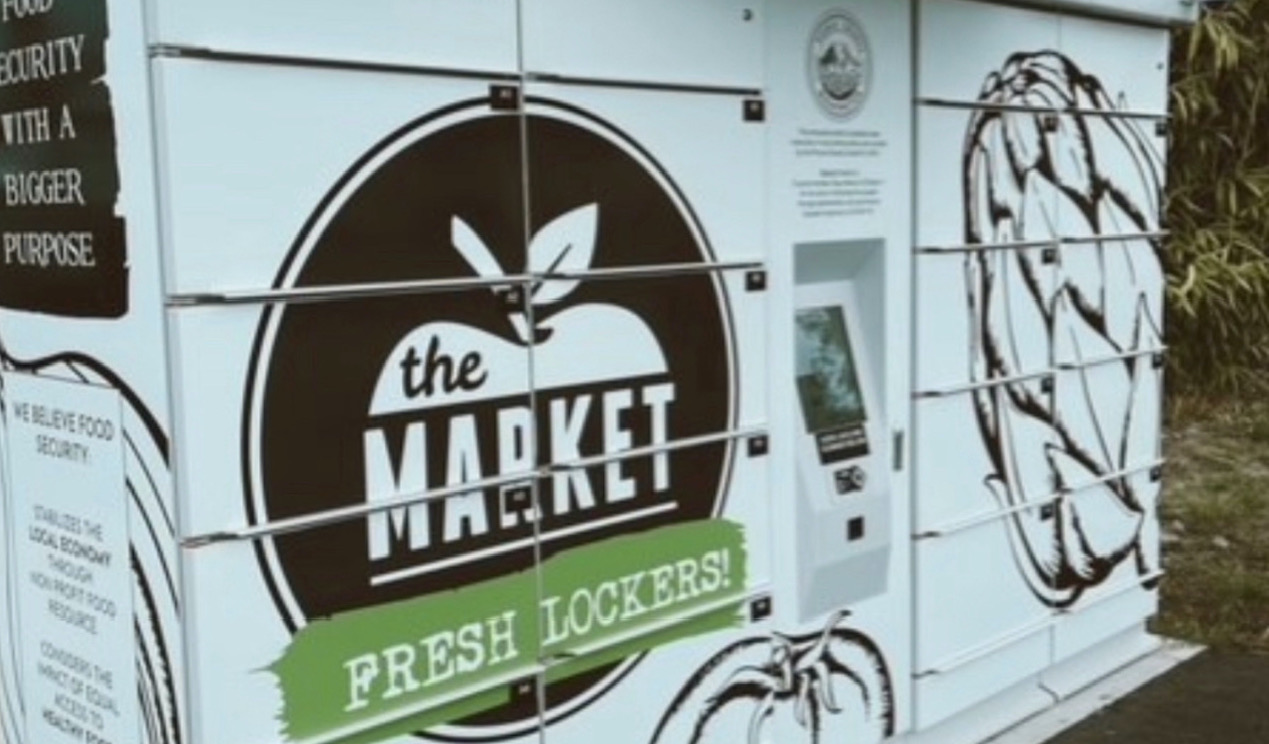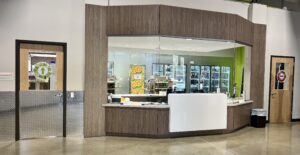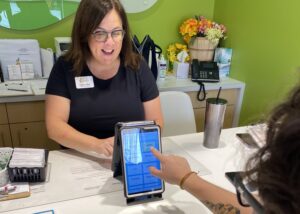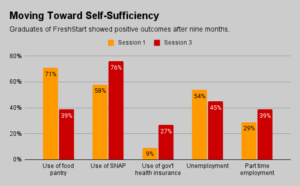Remote lockers are the latest way in which a Wash.-based nonprofit is shedding the usual trappings of a traditional charitable food organization.
Its Fresh Lockers are part of an ongoing effort to make the experience of getting free food feel more normal and dignified. The lockers expand upon the organization’s free grocery outlet, introduced in late 2020 and known simply as The Market, which offers shoppers the look and feel of a high-end, boutique country store.
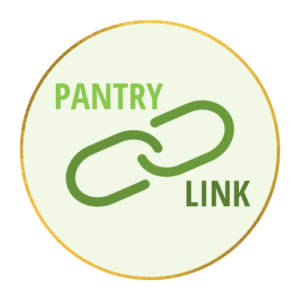
“This space is about community,” said CEO Stacey Crnich. “We eliminated the word ‘food bank’ out of The Market intentionally. This is a community space where all community members are seen with value. The fact that they can just say they’re going to the market is very important to the customers that we serve.”
The Fresh Lockers project follows a similar philosophy, with the aim of providing customers with a flexible and convenient way to get food.
Shoppers at The Market are given a membership card, which gives them access to 200 points a week that can be used to purchase food at the facility itself or online to be delivered to the locker. After shoppers place an order through an online ordering system powered by SmartChoice, they are notified via email when it is ready.
A combination of volunteers and staff compile the orders and put them inside the locker in batches. The refrigerated locker, manufactured by Bell & Howell, has a number of language options, as well as Braille and headphone jacks for those who need them. It is open 24 hours a day, so those using it can pick up their food at the time that works best for them.
Currently, there is only one locker in operation, located right next to The Market. By the end of 2023, five more lockers will be brought online at various locations throughout the county, including at a high school, a library and a fire station.
The pilot locker has already proven to be a success, Crnich said. Since it launched in October 2022, 4,200 households have picked up food from the locker. On a daily basis, about 60 families a day are getting food from the locker.
“We’ve had zero tech errors, zero equipment errors,” Crinch said. “It’s been a flawless beta.”
Once the five additional locker sites are operating at full capacity, Crinch expects to be able to distribute approximately 360 pickups daily, 1,800 weekly and 8,100 monthly. “Very quickly through this type of network distribution, we will cover a wide span of area and our numbers for the lockers will outpace our actual market distribution,” Crinch said.
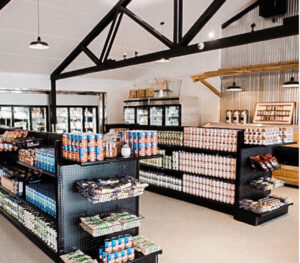
Each locker costs $75,000 to install, shipping included, Crinch said. The pilot locker was paid for by Pierce County. After Kim Schrier, U.S. Representative, visited the pilot locker, she invested an additional $2 million in state funds to expand the program. The first wave of lockers will be paid for by this funding, while future lockers may be paid for by private investors.
Distributing customized food orders via the lockers reduces food waste compared to traditional methods like pre-packed food boxes, according to Crnich. “An incredible amount of waste is the byproduct of pre-selected food,” she said. “Groceries and bags and boxes, a lot of that ends up in the landfill, which is a hard truth.”
Crnich has found that the families using the lockers do not usually go through the full 200 points allotted to them per week. Generally, they use the organization’s services to supplement whatever food they are able to buy.
To Crnich, the Fresh Lockers program provides customers with flexibility, and through that flexibility, they will have dignity as well.
“You might be picking up your kids at the high school and it’s just easier for you to get it at the high school,” she said. “You might be going to the library, or it might be that public transportation drops you off at the library. So you get your groceries there. That can change from day to day or week to week, wherever you want it to be delivered, wherever it’s the most convenient.” – Nicolas Magrino
Nicolas Magrino is a graduate student at the Craig Newmark Graduate School of Journalism at CUNY and a summer intern at Food Bank News.
Like what you’re reading?
Support Food Bank News
